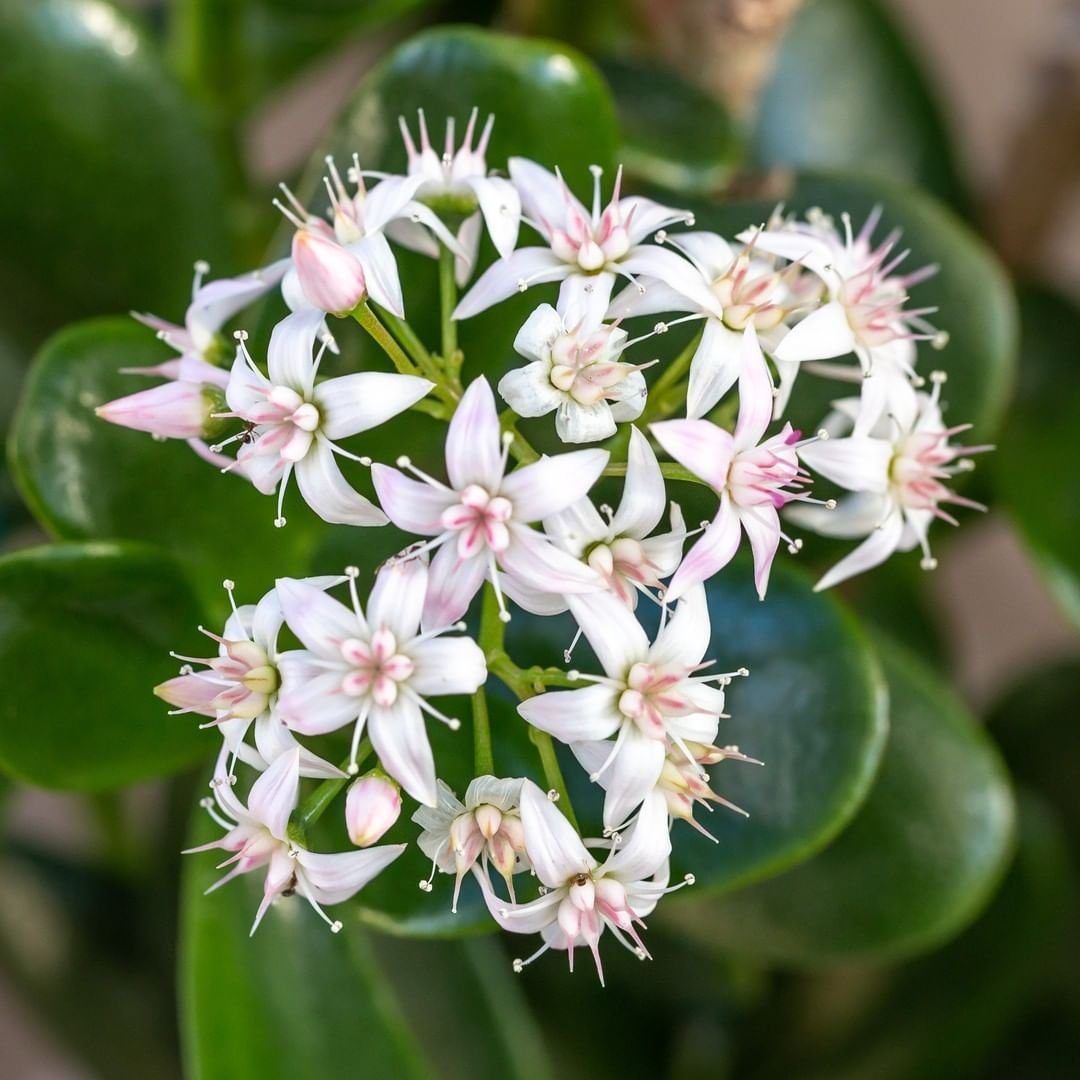Transform your garden with star flowers grown from seed. Our step-by-step guide covers everything from sowing to blooming. Discover expert tips for vibrant, long-lasting flowers. Start your journey now!
Hey there, garden buddies! Ever thought about growing some star flowers from seed? Trust me, it’s easier than you might think, and boy, do these little beauties pack a punch in the garden! I’m gonna walk you through the whole process, from planting those tiny seeds to enjoying a yard full of colorful blooms. So grab a cup of coffee and let’s dig in!
Here’s a chart with information about Star Flowers, a common name for several plants known for their star-shaped blooms:
| Category | Details |
|---|---|
| Botanical Name | Ornithogalum spp. (Star of Bethlehem), Ipheion spp. (Spring Starflower) |
| Common Name | Star Flowers (includes Star of Bethlehem and Spring Starflower) |
| Plant Zone | 4-9 |
| Sun Exposure | Full sun to partial shade |
| Soil Type | Well-drained, sandy or loamy soil |
| Watering | Moderate watering; prefers well-drained soil |
| Growth Habit | Bulbous perennial or ground cover |
| Height/Spread | 6-12 inches tall; 6-8 inches wide |
| Special Features | Star-shaped flowers in shades of white, blue, pink, or purple; blooms in spring; attracts pollinators; suitable for borders, rock gardens, and naturalizing in lawns; low-maintenance and drought tolerant once established |
What’s the Deal with Star Flowers?

Okay, first things first. Star flowers, also called Pentas, are these awesome plants that’ll make your garden pop with color. They’re pretty chill to grow from seeds, and with just a bit of TLC, you’ll have a stunning display before you know it. The folks at the University of Florida have a great guide on Pentas if you want to learn more about these tropical beauties.
Getting Your Hands on Some Seeds
Alright, let’s talk seeds. Star flowers come in a bunch of colors – we’re talking pink, red, white, purple, you name it. You can usually find them at your local garden center, or if you’re feeling lazy (no judgment here), just order them online. Pro tip: check the packet for info on how tall and wide these babies will get.
Getting Ready to Plant
Now that you’ve got your seeds, time to get your hands dirty! Here’s what you’ll need:
- Some small pots or seed trays
- Potting soil (nothing fancy)
- Water
- A warm, sunny spot
When’s the Best Time to Plant?
Aim for early spring, about 8-10 weeks before the last frost in your area. Not sure when that is? No sweat! Just check out the USDA Plant Hardiness Zone Map to find your zone and frost dates.
Planting Those Little Guys
Alright, here’s the game plan:
- Fill your pots with soil.
- Make some tiny holes, about 1/4 inch deep.
- Drop 2-3 seeds in each hole.
- Cover ’em up with a little soil.
- Give ’em a gentle drink.
Taking Care of Your Baby Plants
Keep the soil moist but not soaking wet. Put your pots somewhere warm with some indirect sunlight. In about a week or two, you should see some tiny green shoots popping up. How cool is that?
Once your little guys have a few leaves, move them to a sunnier spot. They’re sun worshippers and need at least 6 hours of rays a day. The Cornell Gardening Resources have some great tips on caring for seedlings if you want to dive deeper.
Moving Day: Planting Outside
When your seedlings hit about 3-4 inches tall and it’s nice and warm outside, it’s time for them to spread their wings.
Here’s how to do it:
- Find a sunny spot in your garden.
- Dig some holes about 12 inches apart.
- Gently pop the seedlings out of their pots.
- Tuck each one into a hole and fill with soil.
- Give ’em a good drink.
Keeping Your Star Flowers Happy
To keep these beauties thriving:
- Water ’em regularly, especially when it’s dry out.
- Feed ’em some balanced fertilizer every month or so.
- Snip off dead flowers to keep new ones coming.
- Keep an eye out for pests like aphids, and deal with ’em if they show up.
For more info on plant care and pest control, check out the USDA’s Gardening portal. They’ve got tons of great resources.
Enjoying the Fruits of Your Labor
Take care of your star flowers, and they’ll bloom their little hearts out from late spring to fall. Bonus: they attract pollinators like butterflies and hummingbirds, so your garden will be buzzing with life! The US Forest Service has some cool info on gardening for pollinators if you’re into that.
These flowers also look great in a vase. Just cut some stems in the morning and pop ’em in water right away for an instant mood booster in your home.
So there you have it, folks! Growing star flowers from seed is a fun little project that’ll reward you with a riot of color in your garden. Give it a shot – I bet you’ll be hooked in no time. Happy gardening, and may your thumbs be ever green!
Pingback: Blue Star Flower: A Guide to Growing this Celestial Beauty